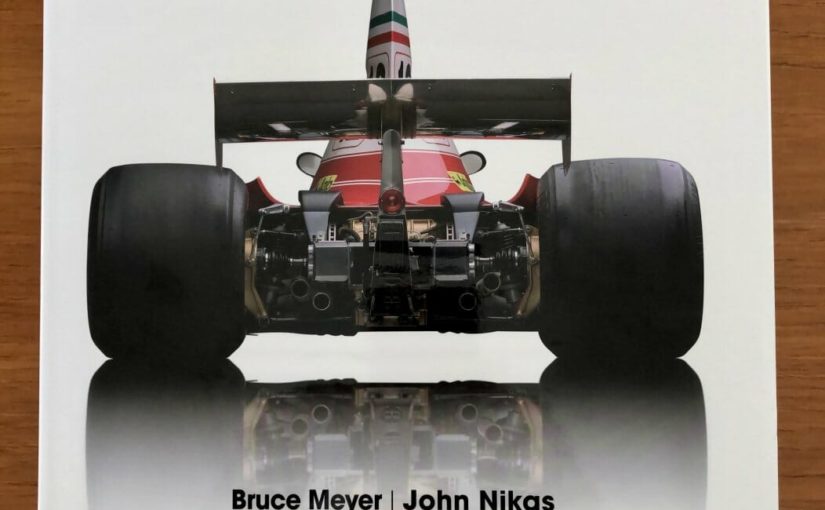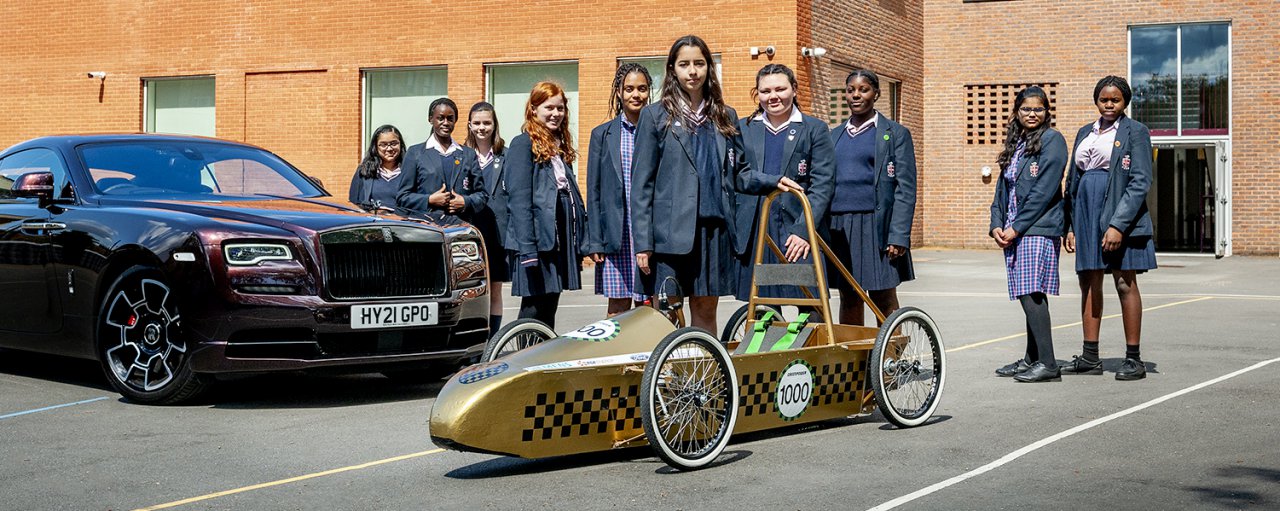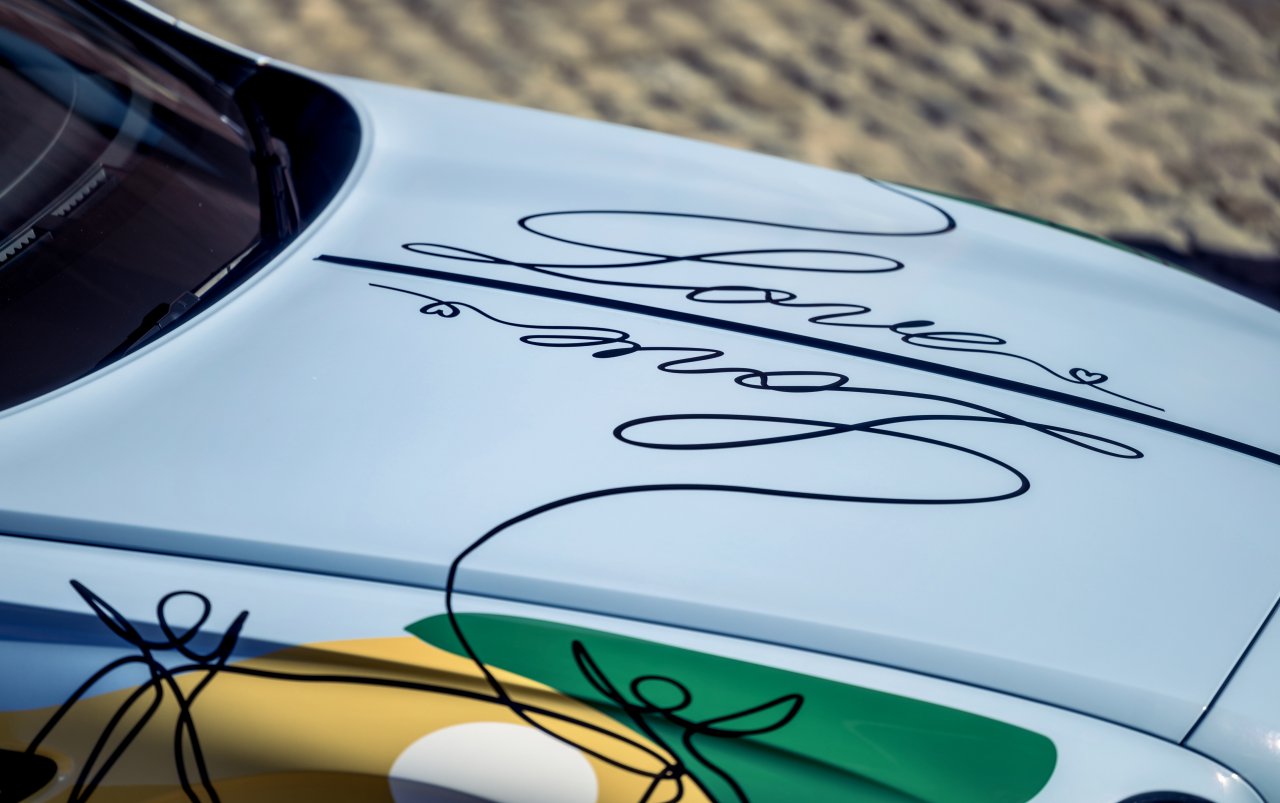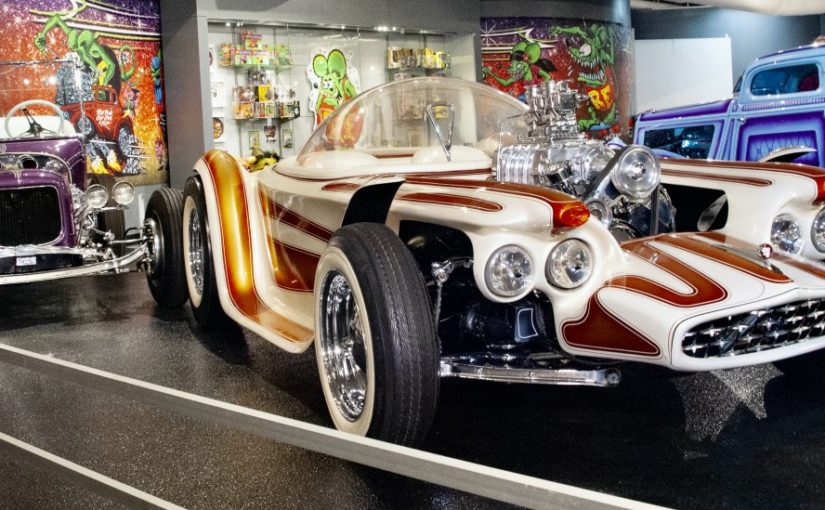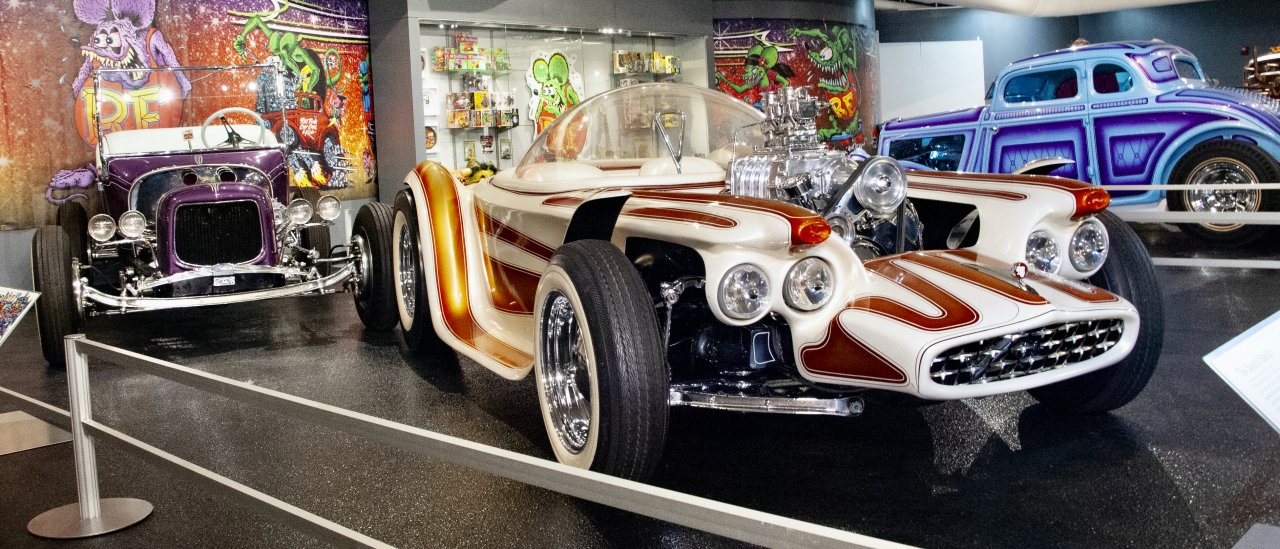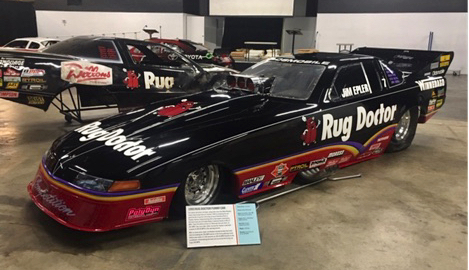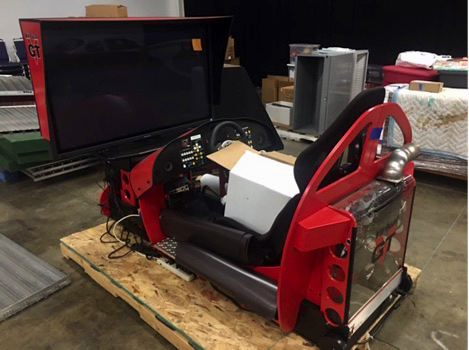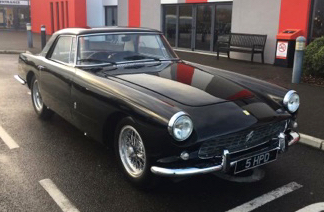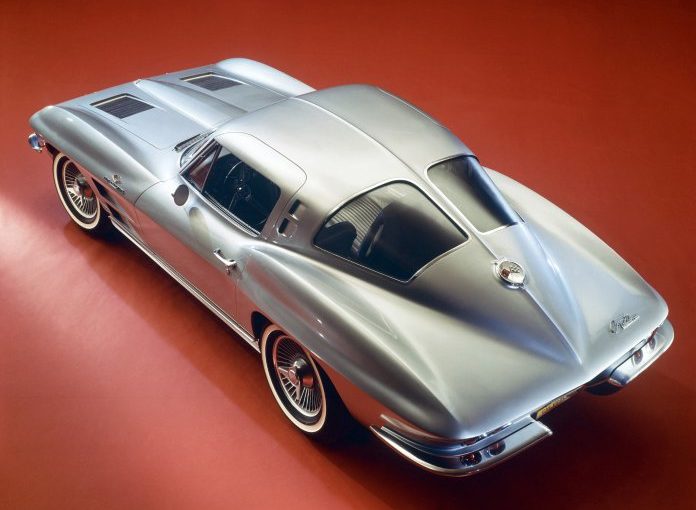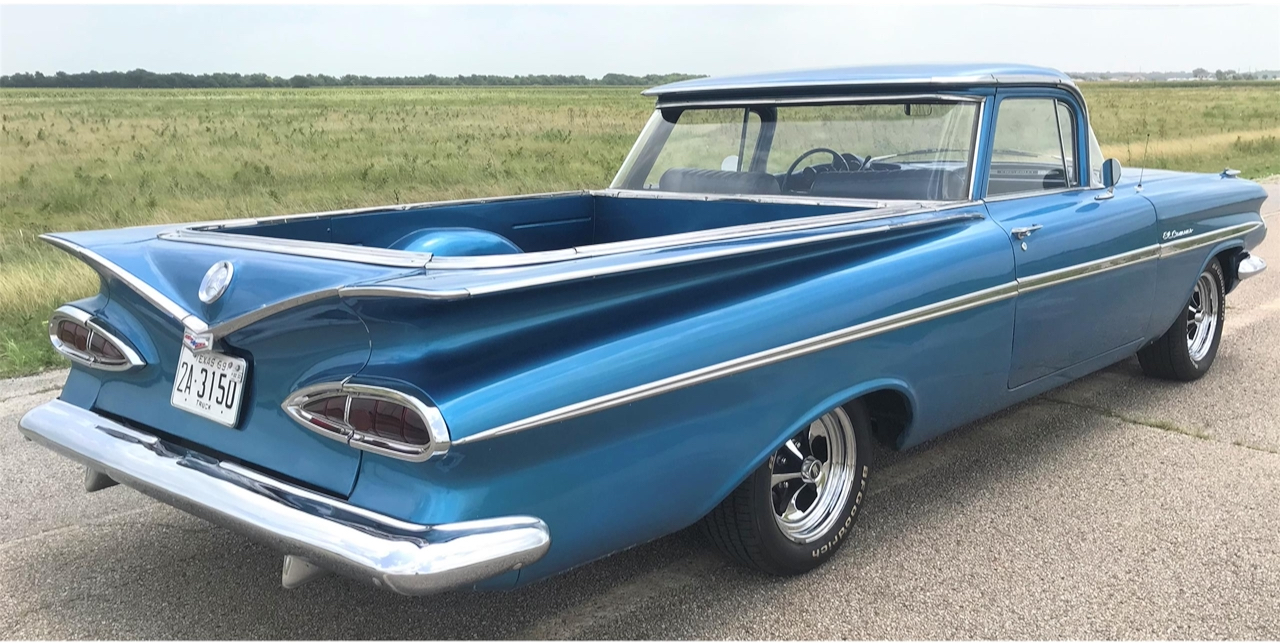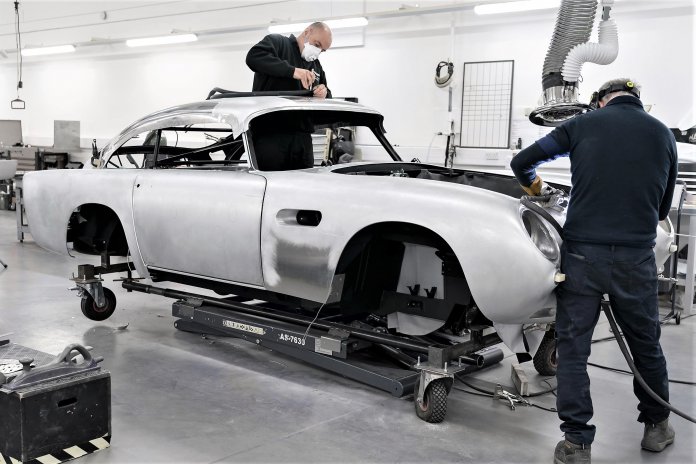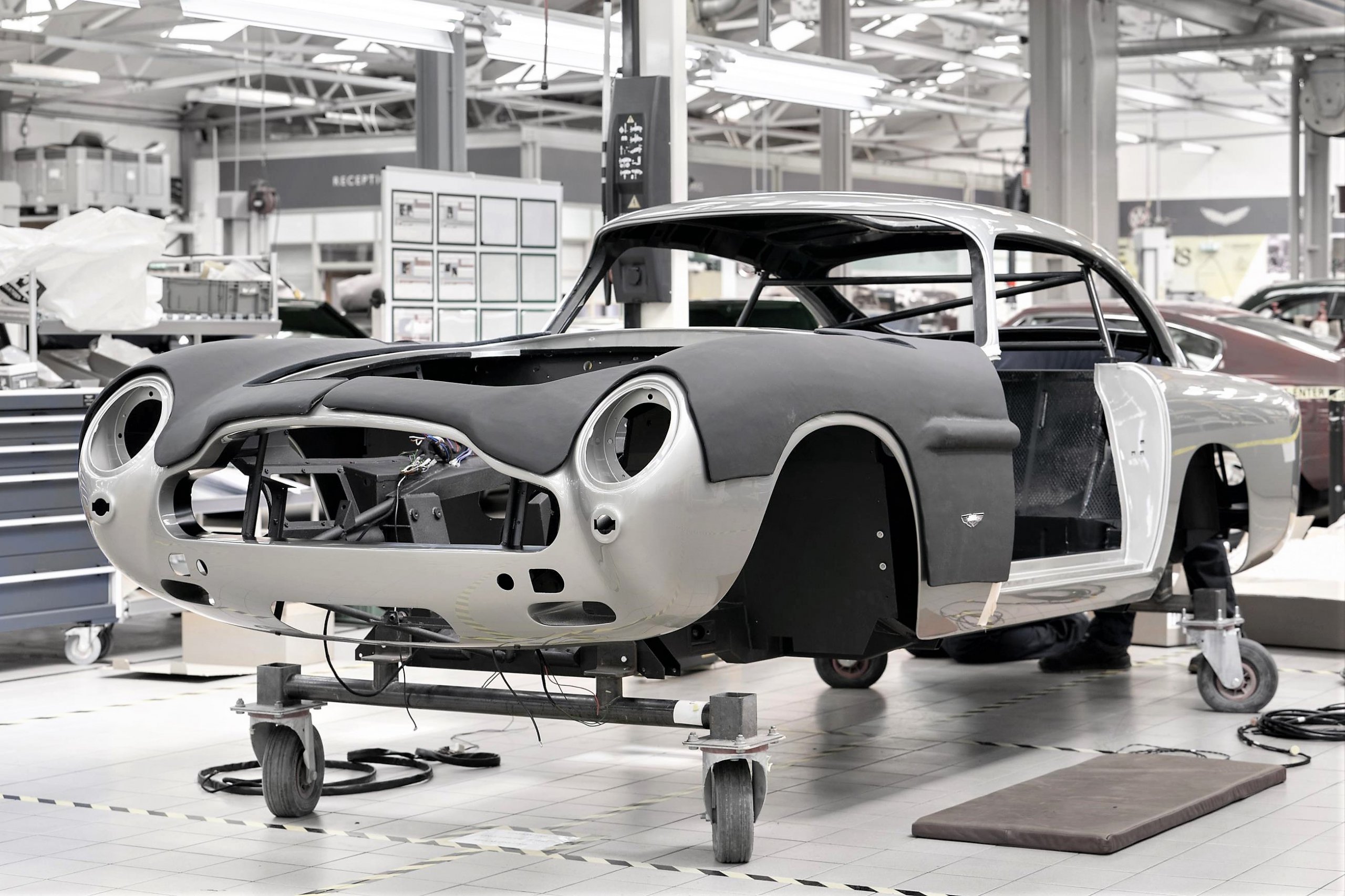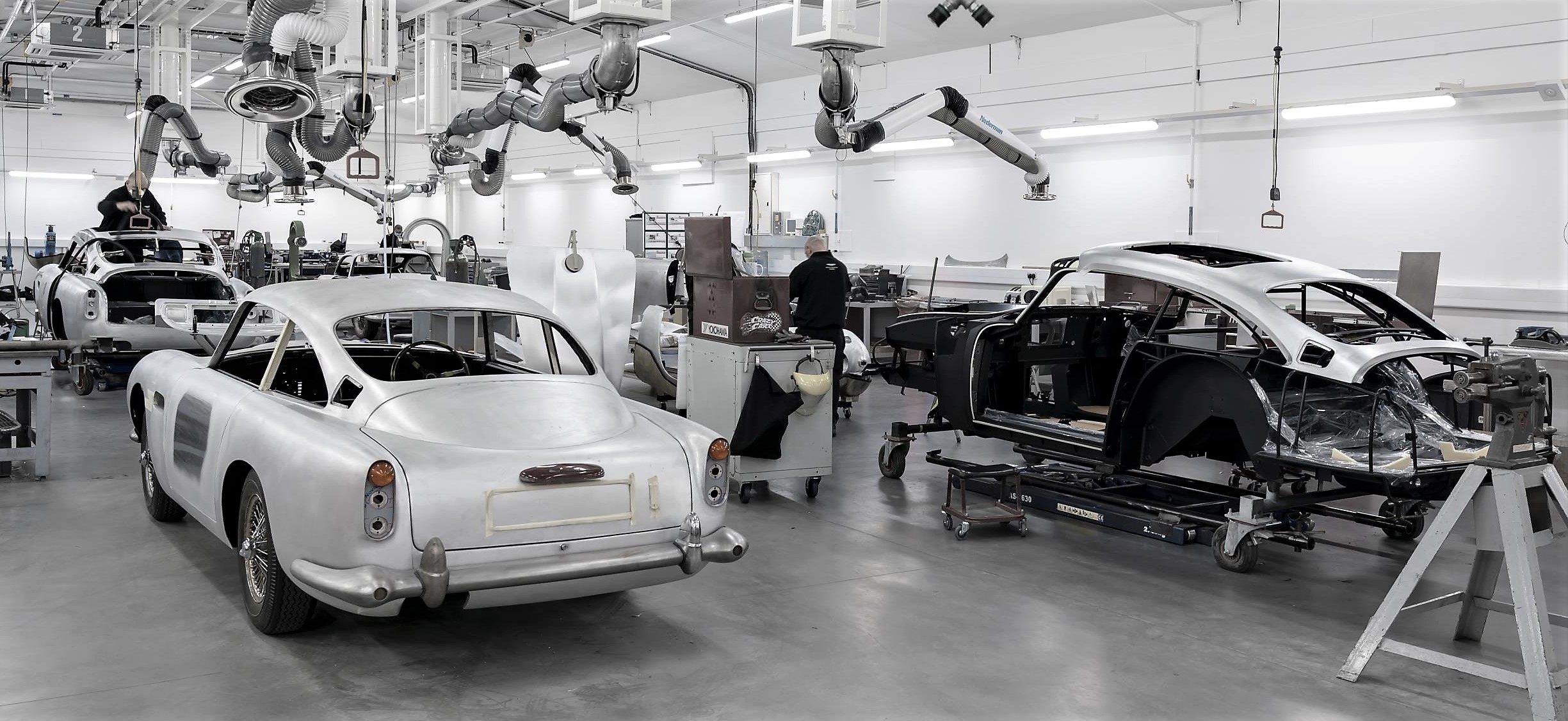What were your most memorable automotive backsides? For me, they included the eyebrows and cat’s-eye lamps of the 1959 Chevrolet Impala, the triple bulbs of the ’58 Impala, the sequential turn signals of the Mercury Cougar, the split-window ’63 Corvette, and the winged trio of the Bertone BAT concept cars.
But I’d also include the original Oldsmobile Aurora, those big vertical tail lamps on the early Volvo and Cadillac SUVs, and the original Porsche Cayenne, though not for the usual reasons.
I traveled with the Porsche engineers on various development drives when the Cayenne was being tested, and one day in northern Canada one of those engineers was running his hand admiringly over the vehicle’s rear flanks.
When I asked why, he said the car’s curves reminded him of the way his wife’s waistline curved in above her hips.
As it turned out, this test drive on the other side of the world was taking place on his wedding anniversary.


This rush of nostalgia was triggered by Coachbuilt Press’s latest coffee table book, Badass.
Two years ago, Coachbuilt published The Face of Change: Portraits of Automotive Evolution, a book that, like the images displayed by photographer and publisher Michael Furman, focused on the front of various vehicles, with words about why the cars we see coming toward us look the way they do.
Not long after the book was published, Furman was at the annual car show at the Quail Lodge during Monterey Car Week and car collector Bruce Meyer suggested that a subsequent volume could focus on the other end of the vehicles.
As it turned out, Furman and co-author John Nikas had been thinking along those same lines and thus Badass, which not only is a book about the backside of an automobile and why it looks like it does, but also is Meyer’s autobiography, in which he explains his childhood interest in cars — the Motorama shows were staged a mile from his Southern California home — and how he has become an advocate for preserving and restoring historic hot rods and racing cars.
Several others contributed stories to the book as well, including such designers as Tom Matano, Louis de Fabribeckers, Ralph Gilles, Franz von Holzhausen and Ed Wellburn; collector and museum owner Fred Simeone; concours founder Bill Warner; and historian Leslie Kendall.
Several note that we probably spend much more time looking at the backside of cars ahead of us in traffic jams than we do admiring the grille and headlamps in our rearview mirrors.
Unless they were rear-entrance vehicles, early motorcars had very plain rear ends, sometimes showing a spare tire or two or perhaps a rack for luggage. Nautical and aircraft shapes became popular, as did — briefly — the Continental kit, and — not so briefly — the spoiler.
Some of the most spectacular rear ends are featured in a 13-page run of Furman photos under the “Future Tense” banner. Included are vehicles such as the 1935 Alfa Romeo 6C-2300 Aerospider, the1936 Bugatti Type 57G “Tank,” the 1936 Stout Scarab, the 1947 Cisitalia Aerodynamica, and the 1948 Tucker.
Meyer remembers that “For most American cars in the 1950s, the rear end is where the action happened.” De Fabribeckers lists various requirements for front and side views, and notes that “the rear end exists in a different world (and designers are) freed of many of these constraints.” Zagato adds that while preserving clients’ brand identity up front, his family built its fame on its designs for the rear of the car. Von
Holzhausen writes of a new challenge for designers — rear ends of electric cars with no tail pipes.
And Matano’s chapter on “Building the Perfect Butt” includes the story of taking his design team to a lingerie show to study “how the light falls on the curves of the body.” He also sends us to the dictionary to look up the meaning of the word “callipygian.”
Badass is a wonderful bookend to the Faces volume, and leaves us eager for whatever section of the automobile and its design Coachbuilt Press will explore next.
Reviewed
By Bruce Meyer and John Nikas, with photography by Michael Furman
Coachbuilt Press, 2021
ISBN: 978-1-7325017-3-7
Large format hard cover, 256 pages
